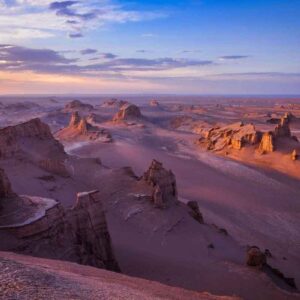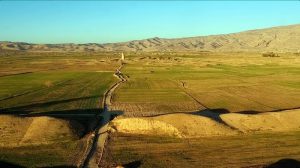
Gur City Shows Sassanid Power
Reading Time: 3 minutes Gur city Sassanid capital at its development era, which was called Ardashir Khurreh Furnace, during Sassanians empire.
Iran’s UNESCO heritage awaits you millions of years ago in Hyrcanian forests and the Dasht-e Lut. Travel to Iran by UNESCO tours to experience the rich culture of Persia.
Experience the hidden side of Iran nature in UNESCO World Heritage landscapes. Iran’s natural heritage embraces stunning treasures of unique lifestyles in Hyrcanian forests. UNESCO natural fresh-air museum lengthens from south of the Caspian Sea to the Dasht-e Lut.
These ancient Iran UNESCO landscapes satisfy your curiosity in broad-leaved Hyrcanian forests. Hyrcanian forests are the homeland of wildlife exploration and diverse ecoregion. As well, indulge your soul with Dasht-e Lut to touch the hottest and driest region on earth.
Lut desert shows spectacular far-reaching stony deserts, large dune fields and strong winds. The Dasht-e Lut lets you discover behind the curtain picturesque landscapes of Iran in the central desert.
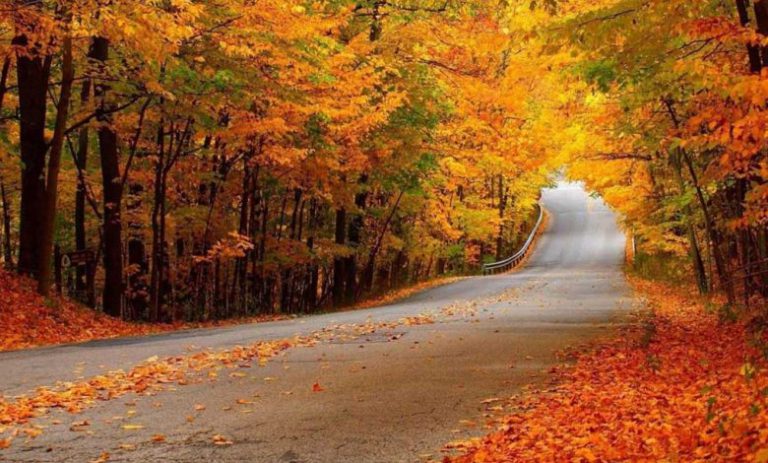
Gorgan is the capital of Golestan Province which means the city of wild wolves. Rainy Caspian Hyrcanian forests, the Great Wall of Gorgan and nomads are the symbols of Golestan province. Gonbad-e Kavus tower and the Hyrcanian Forests are UNESCO World Heritage in Gorgan. Let’s touch Iran UNESCO fresh-air heritage.
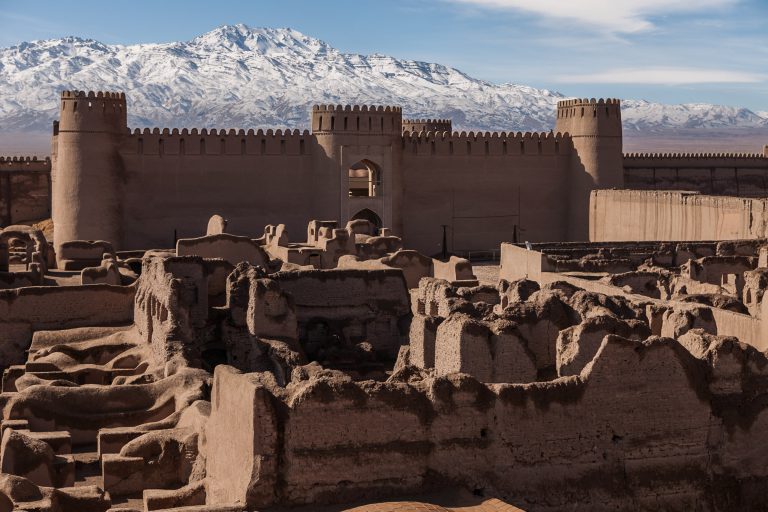
Kerman is the largest province in Iran and includes Achaemenid and Sassanid architectural heritage as such Bam Citadel. The Dasht-e Lut beautifies Kerman with kaluts, sands and the incredible lifestyle of the desert.
Also, Kerman embraces Persian gardens such as Shazadeh Mahan and Fath Abad. As well, Kerman is the realm of Persian weaving as Carpet, Terme and Pate. Pistachio farms play a significant role in the Kerman city economy. Iran unbelievable desert awaits you.

Mazandaran Province embraces natural sceneries of the Caspian Sea Coast in the north and Alborz Mountain Range in the South. Damavand is standing silent to depict the epic stories of Persia in the south of Mazandaran. Mazandaran is home to Caspian Hyrcanian Forests wildlife that shines like a diamond in the Alborz Mountain Range.
Take Trans-Iranian Railway UNESCO heritage to touch unbelievable bridge architecture and eye-catching landscapes along the Alborz mountain range. Mazandaran is the heart of diverse tastes and recipes, especially rice-based dishes flavoured with herbs and local vegetables. Green museums of Mazandaran surprise eco-cultural travellers of Iran.
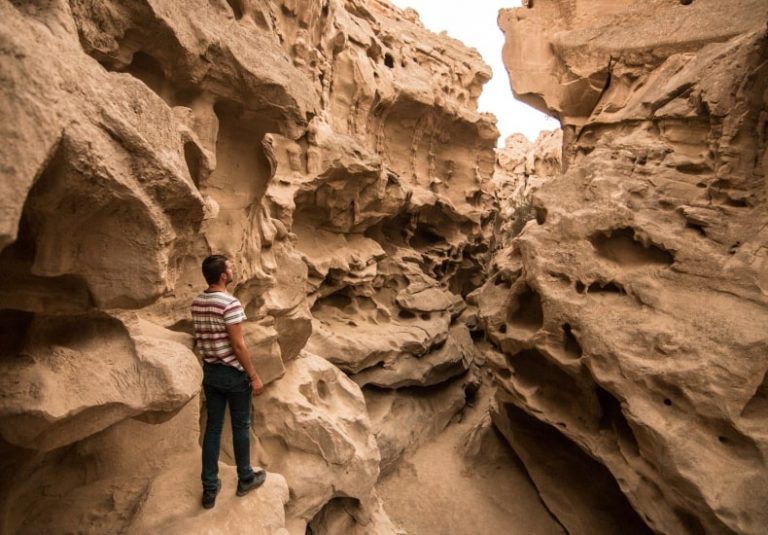
Qeshm is the largest island in the Persian Gulf with stunning nature, unique culture and artful handicrafts. Geopark UNESCO heritage, natural landscapes and incredible sceneries cause Qeshm to be the Seven Wonders island of Iran.
Qeshm is a mountainous island that looks like a dolphin that lies across the southeastern part of Hormozgan province. The island as an Iran travel highlight is at the heart of the Persian Gulf near Hormuz Strait. Eye-catching clothing, co-existence of Arabic and Persian lifestyles and diversity of religions make Qeshm a Must-visit island.
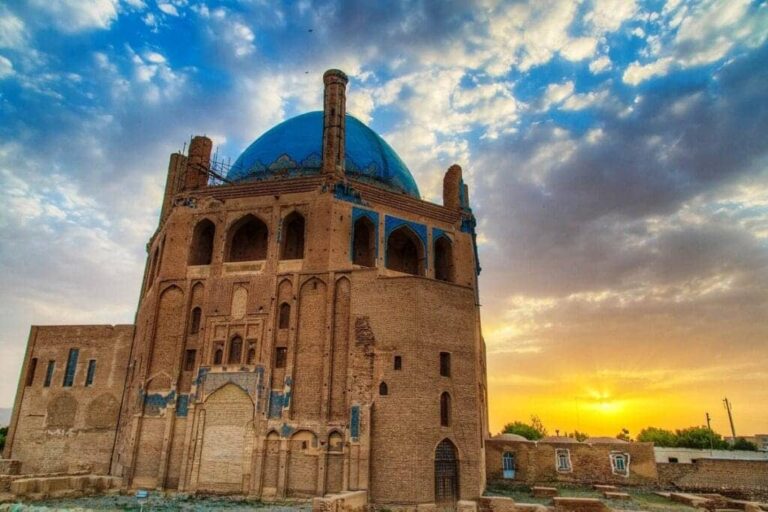
Zanjan is a pre-historic region in the Azeri area of Iran. The province is a famous Iran travel attraction for its agricultural products, such as seedless grapes. As well, organic ingredients cause growing of culinary art and Ash cuisine in Zanjan.
Zanjan embraces colourful mountains in Mahneshan and the Dome of Soltaniyeh as a UNESCO heritage. Handicrafts like Malileh as a UNESCO heritage and Knives shine like a diamond in Zanjan. Let’s visit the pattern of Taj Mahal mausoleum architecture in Zanjan.
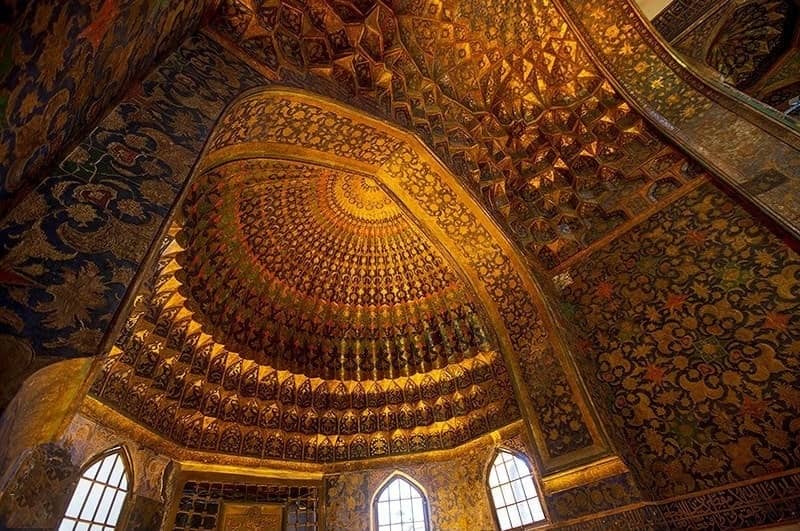
Ardabil is the motherland of Safi-ad-din Ardabili, who found the Safavieh order. Safi-ad-din Ardabili shaped the root of Safavid Ideology. Ardabil is rich in cultural and spiritual pieces of evidence and a highlight of Iran’s travel eco-cultural destination.
The city is famous for hot springs and eye-catching natural landscapes. Ardabil is a well-known province for handicrafts, especially silk carpets, rugs and Persian-Azeri food. Touch Persian culture and Shia’a beliefs in Ardabil.
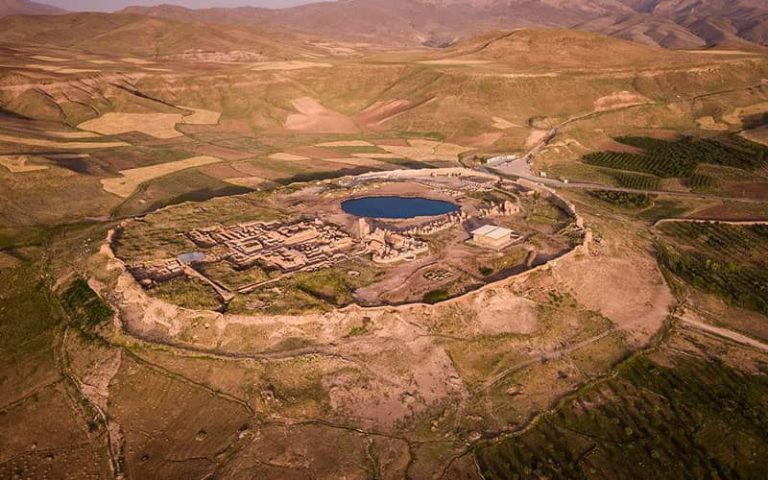
Urmia is an Azeri region with all costumes and traditions of the Persian lifestyle in the northwest of Iran. The city is a golden example of Shiat’s religious traditions from ancient times in Iran. As well, Urmia travellers can find UNESCO Armenian monastic ensembles close to Zoroastrians’ fire temple.
Agricultural products such as apples and grapes play a significant economic role in locals’ lifestyles. Also, sweeties such as Noghl (Nuql) are the most delicious souvenir of the city. Urmia attracts attentions to ancient time and natural sceneries.
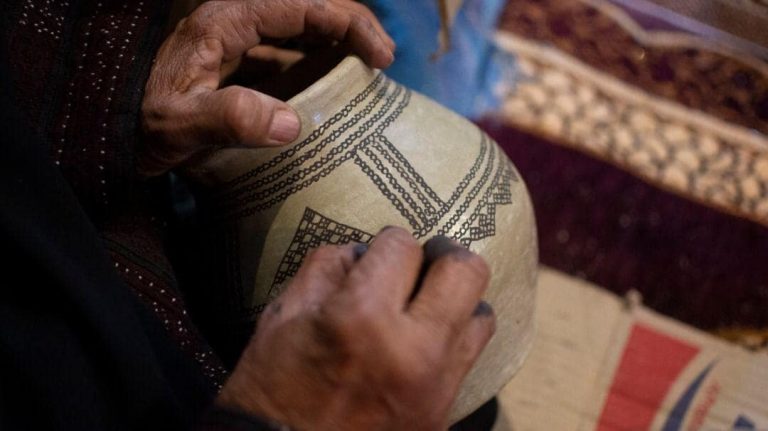
Sistan and Baluchistan is the heroic region of legendary myths of Iran. Most Persian tales like Shahnameh of Ferdowsi come from Sistan. Sistan is a historical Iran travel attraction and famous for the earliest civilization of Persia. The province played a significant role in Persia civilization in agriculture, architecture, knowledge-based development and urbanism. Sistan embraces the first animation of the history to attract travelers.

Reading Time: 3 minutes Gur city Sassanid capital at its development era, which was called Ardashir Khurreh Furnace, during Sassanians empire.

Reading Time: 7 minutes Shushtar, a tropical city with a clever architecture that has a history dates back to more than a thousand years ago.
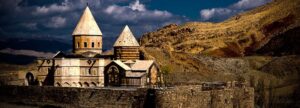
Reading Time: 5 minutes Armenian Monastic Ensembles are the last surviving evidence of Christian culture in the that satisfies unity and originality.
